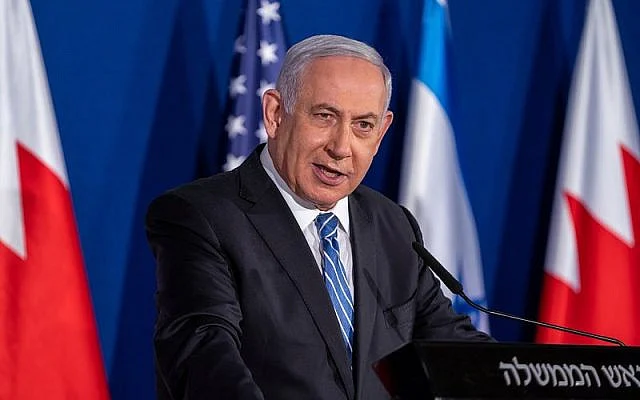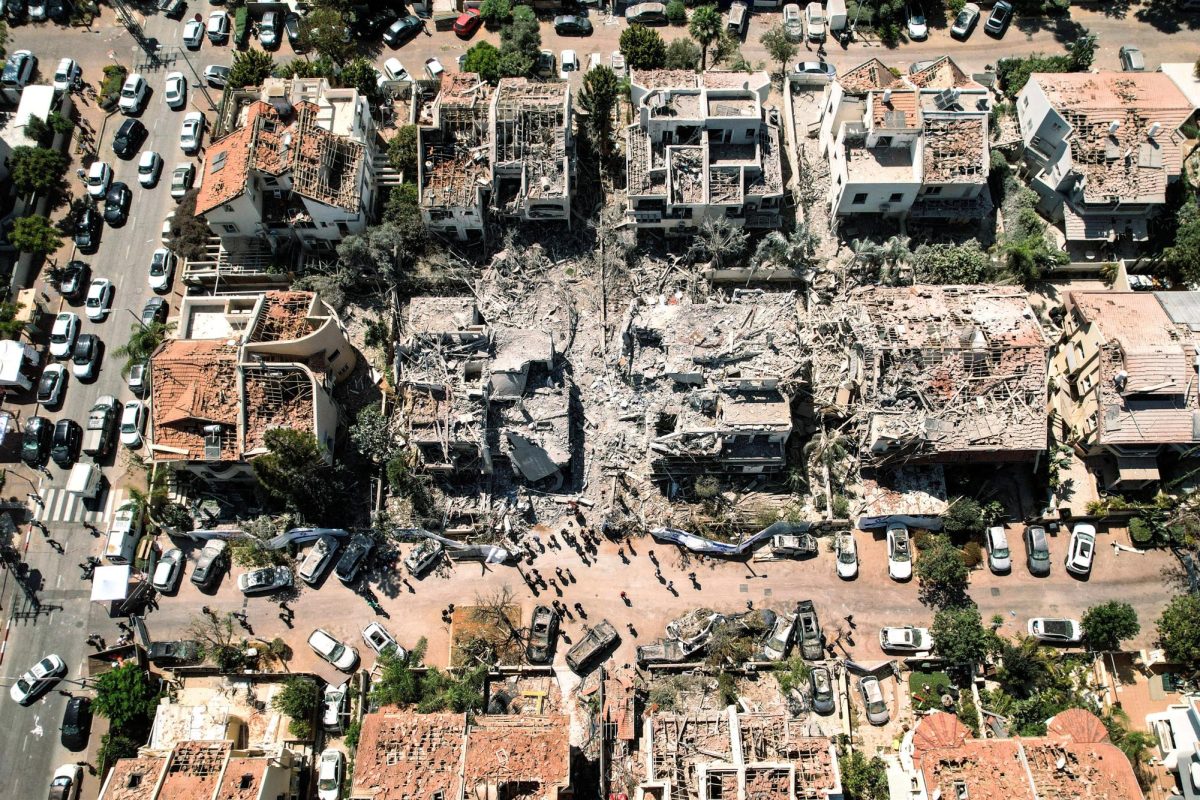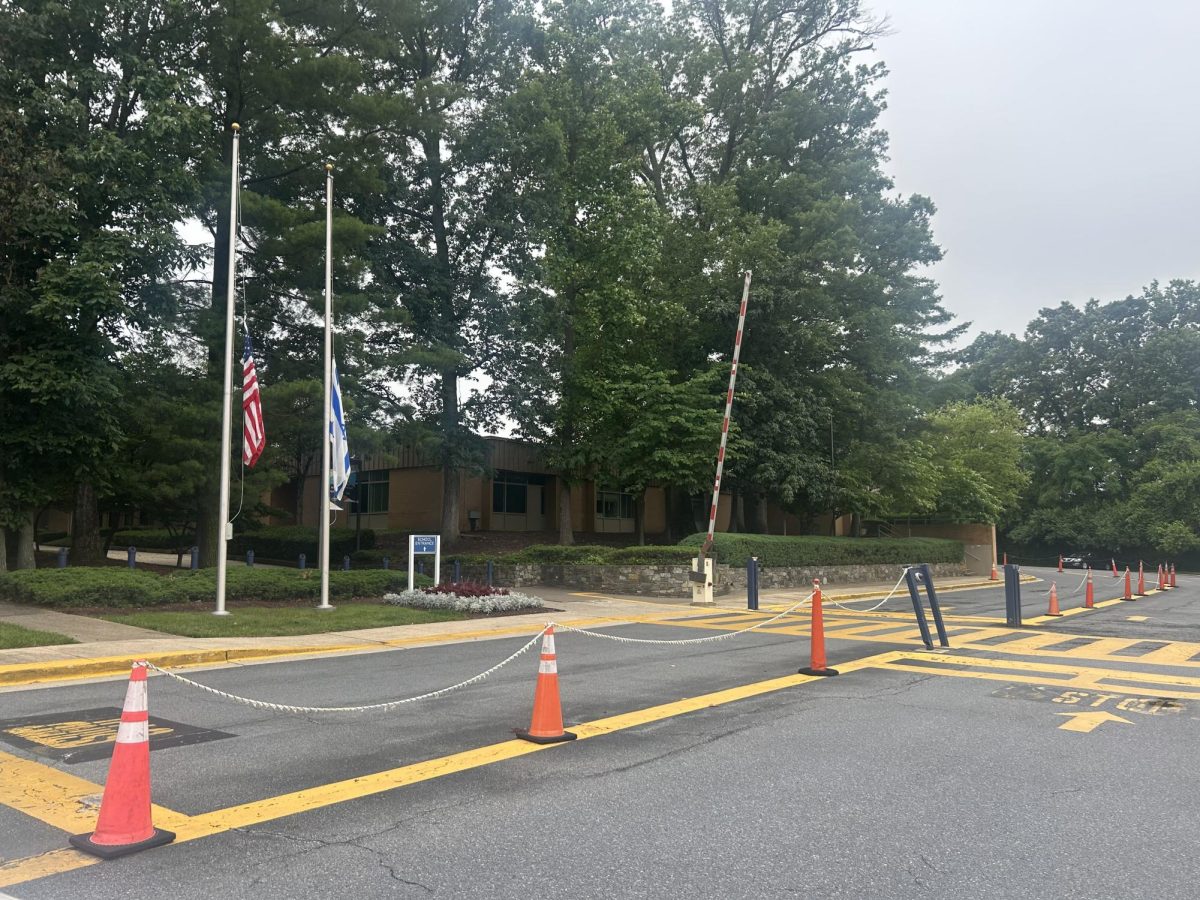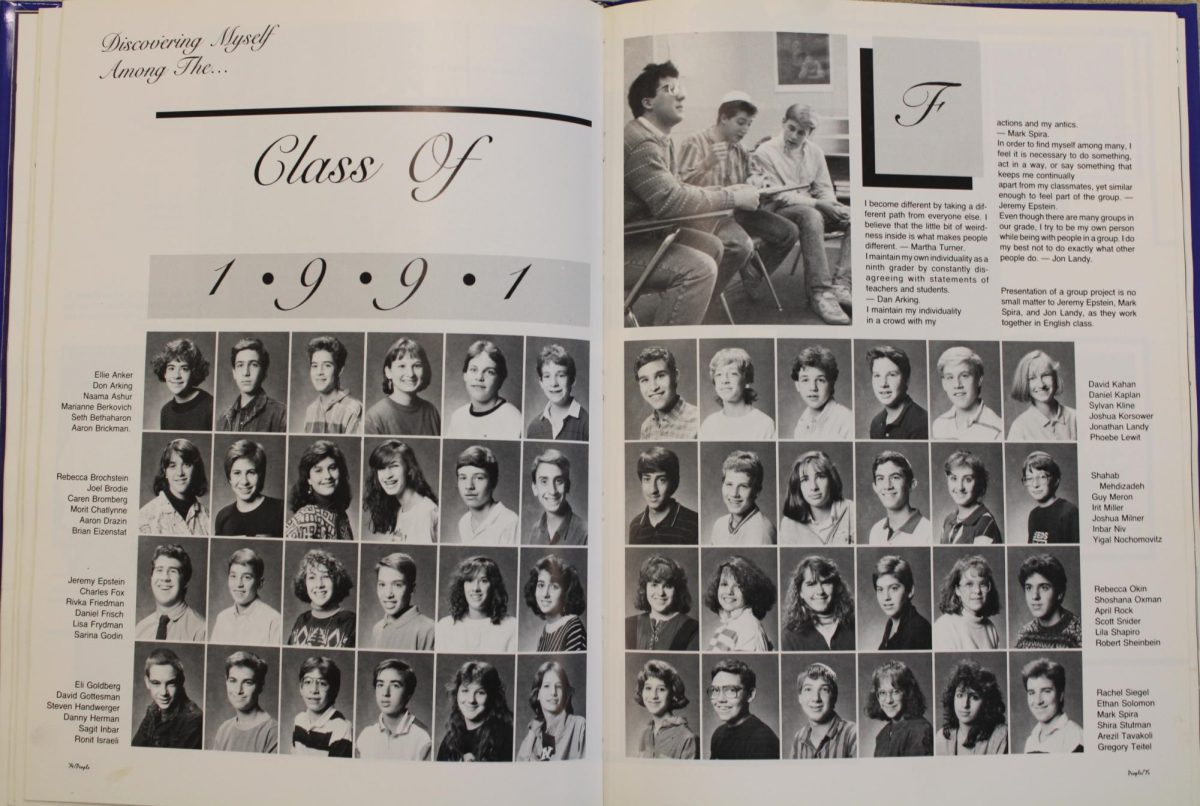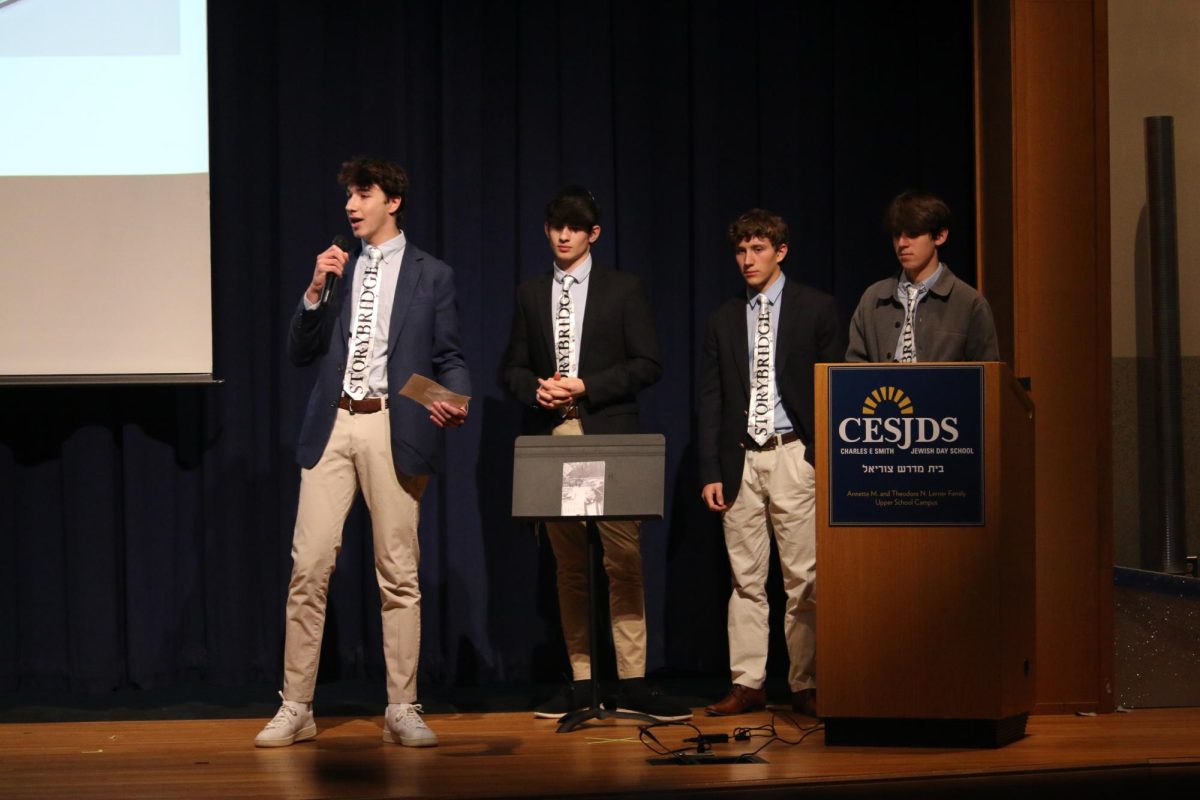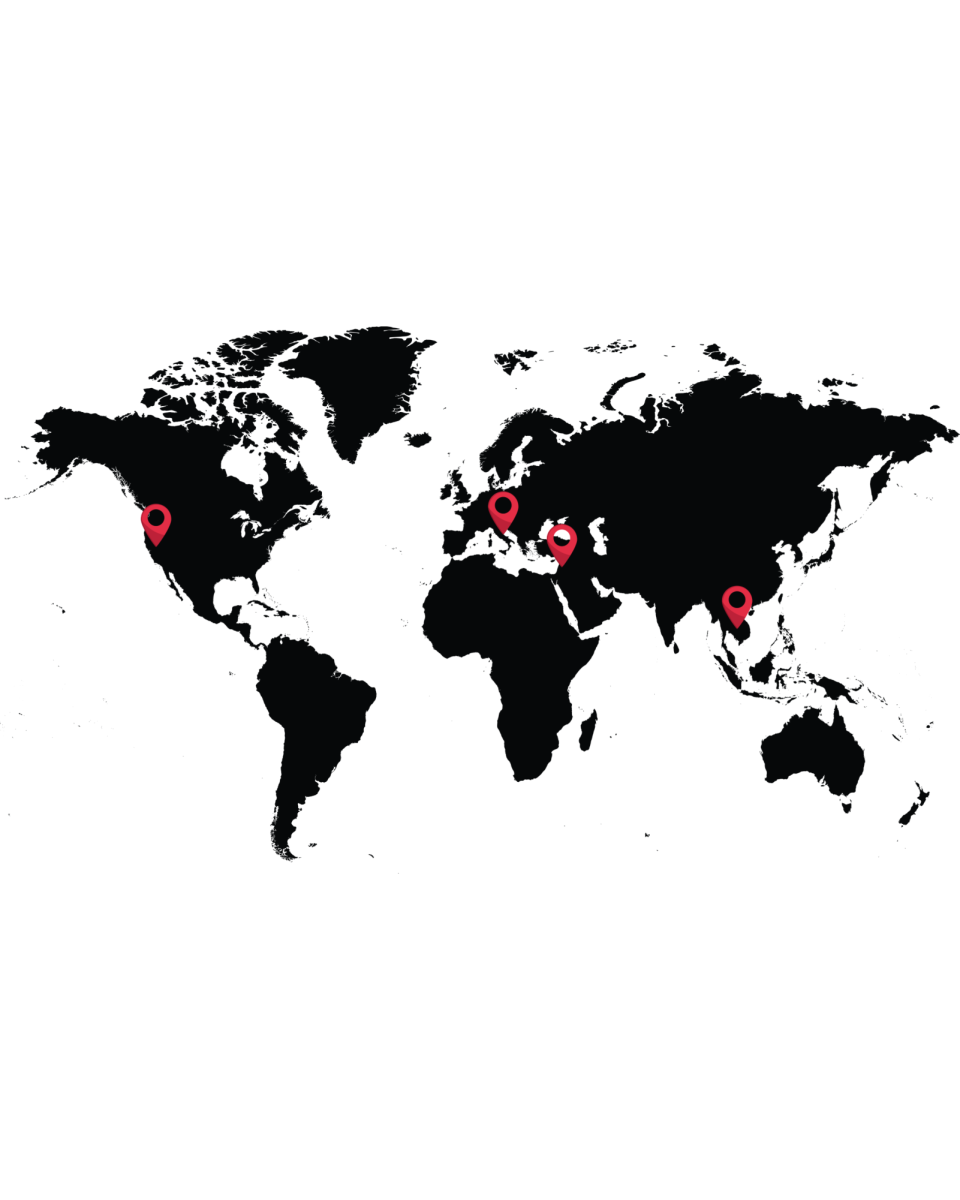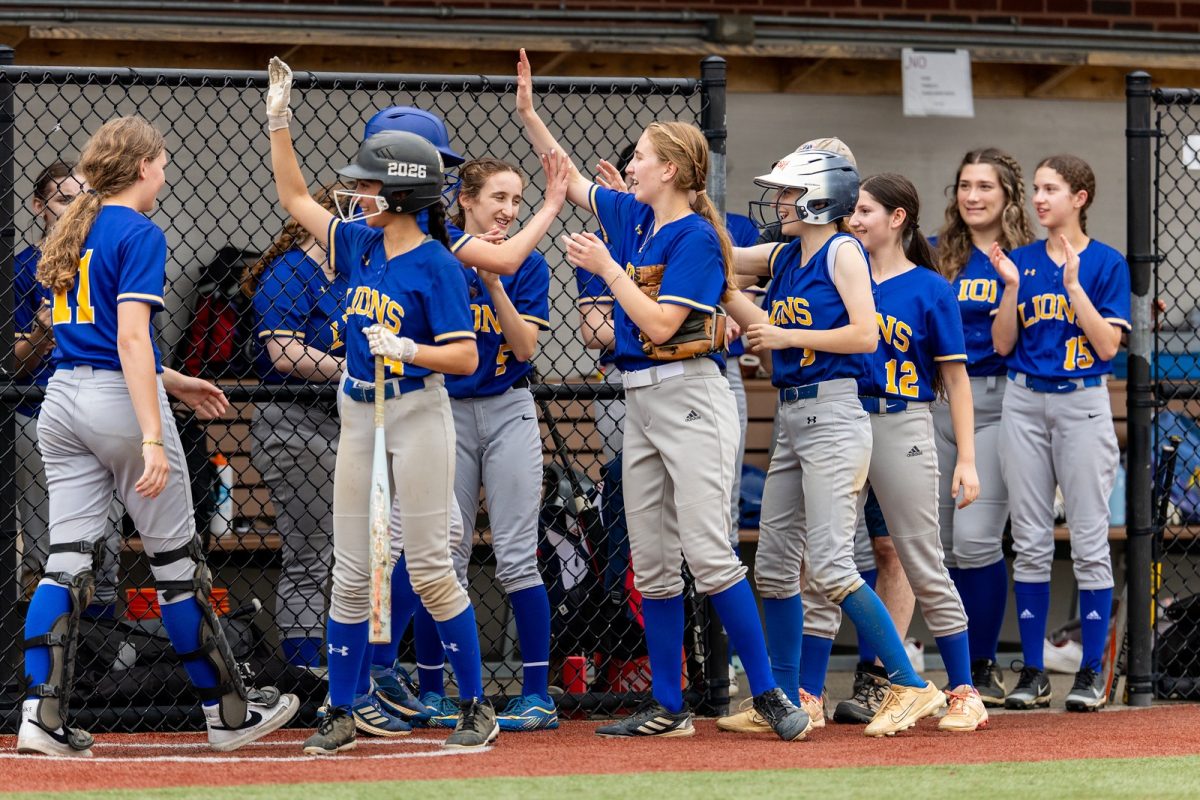After 15 months of war between Israel and Hamas, negotiators reached a ceasefire deal and agreed to release the remaining hostages held in Gaza since Oct. 7. The six-week ceasefire was announced on Wednesday, Jan. 15, and began four days later. Hamas will be releasing hostages in three stages in exchange for Palestinian prisoners.
The first stage of the hostage release will last for 42 days, during which there will be a complete halt to the fighting in Gaza. In exchange, Hamas will release 33 hostages in exchange for 1,900 Palestinian prisoners. These hostages consist of women, children, some older men and the sick. These hostages will be released at regular intervals with the first three hostages, Romi Gonen, Doron Steinbrecher and Emily Damari released on Sunday Jan. 19.
“When they were released on Sunday I was very happy of course,” sophomore and Israeli Noam Miller said. “It was a lot of happiness, but there was also some sadness because there are still a lot of hostages in captivity, so it was kind of mixed feelings.”
The first three hostages were brought in a Hamas vehicle to Saraya Square in Gaza City, where they were moved through crowds of Palestinian civilians to a Red Cross vehicle. They were then given to Israeli forces who transported them back to Israel to reunite with their families and receive medical checks.
Another condition of the ceasefire is that Israeli forces must withdraw from populated areas in Gaza, and Israel must permit displaced Palestinian civilians to return to their homes in Northern Gaza. Over 500,000 Palestinians returned to their homes since the start of the ceasefire. This development has led to differing opinions, especially among Israeli students.
“Everything the IDF has worked for has basically disappeared, Hamas is going to go back to Jabalia in the North to regroup and be able to keep on attacking Israel,” junior and Israeli Ori Ben Nun said. “…From a non-strategic standpoint, the hostages need to come home.”
In exchange for these hostages, 90 Palestinian prisoners were released, mostly women and teenagers, with the youngest being 15 and convicted of shooting and wounding two people. Most released prisoners were held under less serious offenses, and were being held under what is called “administrative detention.” No prisoners involved in the Oct. 7 attacks will be released.
A week later, on Saturday, Jan. 25, four female soldiers between the ages of 19 and 20 were released by Hamas: Karina Ariev, Daniella Gilboa, Naama Levy and Liri Albag. For Ben Nun, while he is overjoyed to see the hostages come home to their families, it is still unsettling for him to watch Israel negotiate with Hamas.
“You cannot make lasting peace with Hamas because Hamas is a terrorist organization that wants to take over all the Middle-East,” Ben Nun said. “They need to be annihilated as quickly as possible.”
On Thursday Jan. 30, three Israeli hostages were released, including IDF surveillance soldier Agam Berger, and civilians Arbel Yehoud and Gadi Mozes, the first male hostage to be released. Along with them, five Thai citizens were released, Thenna Pongsak, Sathian Suwannakham, Sriaoun Watchara, Seathao Bannawat and Rumnao Surasak, who were among the 31 foreign nationals kidnapped on Oct. 7.
During the handover on Thursday, the hostages were walked through crowds of hundreds of masked gunmen on the way to the Red Cross vehicle.
In a statement immediately after the release, Prime Minister Benjamin Netanyahu said, “I view with great severity the shocking scenes during the release of our hostages. This is further proof of the unimaginable cruelty of the Hamas terrorist organization.” In reaction to this handover, Israel delayed the release of Palestinian prisoners.
At JDS, the names of the released hostages have been announced at Kab Shab along with the prayers, during morning announcements and it has been spoken about in Hebrew classes.
“Our identity is connected to Israel, and Hebrew is part of our identity as a language,” Hebrew teacher and Israeli Yaffa Dagony said. “So the updates happen during Hebrew classes.”
On Saturday, Feb. 1, three more hostages were released, Ofer Calderon, Yarden Bibas and Keith Siegel. In return, Israel released 110 Palestinian prisoners, all men of the ages of 15-69, some serving life sentences for serious crimes. Bibas was abducted from Kibbutz Nir Oz on Oct. 7 with his wife and two children. Hamas has claimed that the rest of the family was killed in captivity, however, Israel has not confirmed this claim and recently demanded that Hamas clarify their condition.
The second stage of the deal is expected to begin soon, where Hamas will release living hostages not included in the first stage, which are mostly men of fighting age. The release of hostages has been a source of relief for many, but the situation remains ongoing. The community closely follows each development, with the hope that every single hostage will return home.
“Bringing the hostages back was one of the goals of this war, and was the reason we started this war,” Ben Nun said. “All of them need to come home, that’s the most important thing.”


